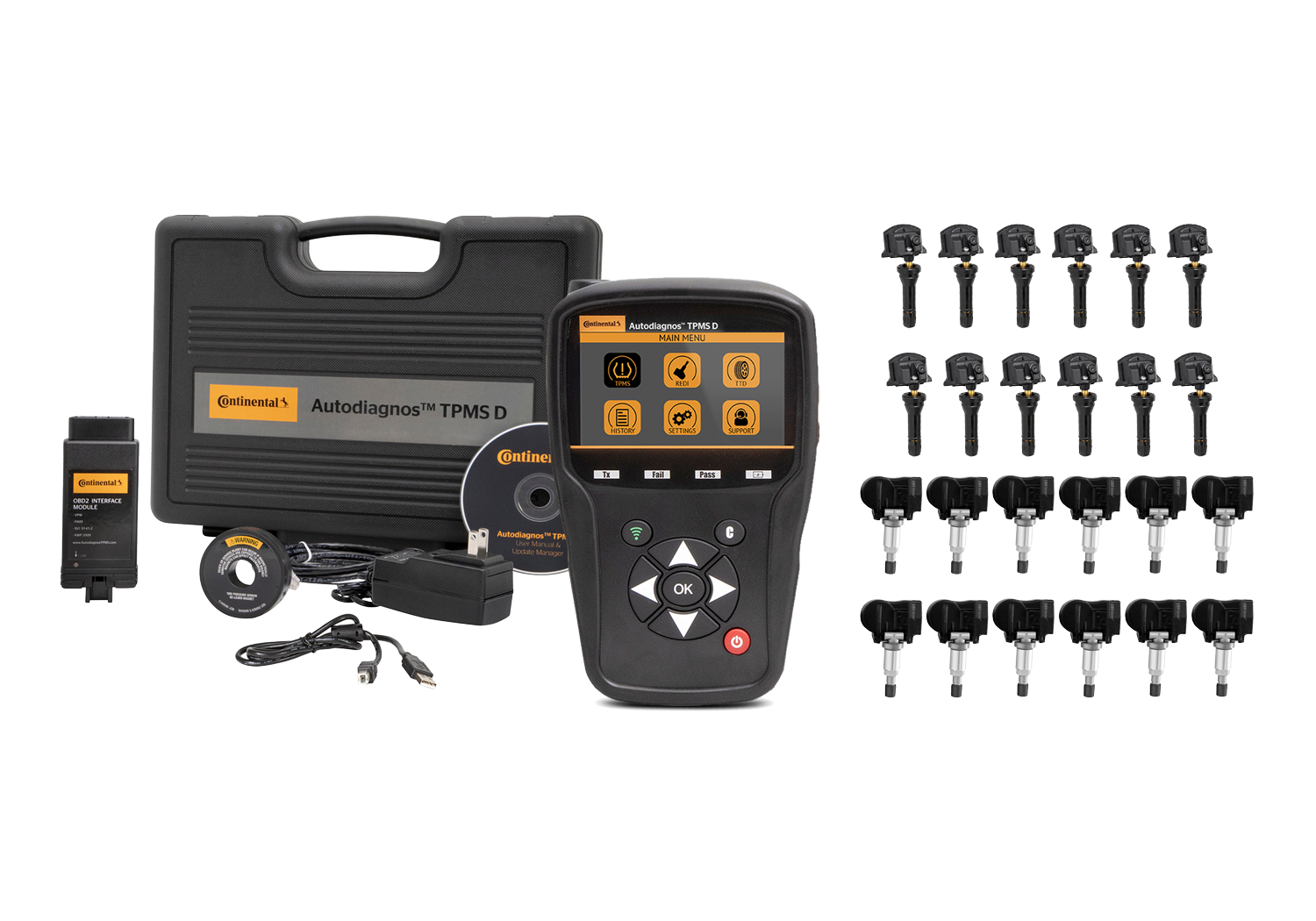Just five minutes every month will help you save money and arrive to your destination with confidence.
But before you put your car in gear and head down the road, we want you to take a few minutes to make sure your tires are just as ready as you are for the road.
According to the Rubber Manufacturers Association (RMA), only 17% of drivers know how to properly check tire pressure. Why is proper tire inflation important? Under inflated tires cause U.S. drivers to waste 1.2 billion gallons of fuel annually. According to the U.S. Department of Energy, properly inflated tires can improve fuel efficiency by 3.3 percent. They also site that under-inflated tires can lower gas mileage by 0.3 percent for every 1 psi drop in pressure on all four tires. And besides that, properly inflated tires are safer and they last longer.
Continental Tire recommends taking just five minutes at the beginning of each month, and before every long road trip, to check tire inflation. Tire maintenance is the first line of defense when it comes to vehicle maintenance. The RMA’s, Be Tire Smart – Play Your PART, program is an easy way for motorists to implement proper tire maintenance. PART, an acronym for Pressure, Alignment, Rotation, and Tread, covers the four key elements of tire care which include:
- Pressure – check tire pressure regularly – once per month and before every long trip – including the spare. Tire pressure should be checked when tires are cold (car has not been driven for at least three hours). The correct tire pressure can be found in the car owner manual, on the gas tank lid, the driver’s side door edge, or on the door post. Tire pressure must be the same on the tires of each axle, but may be different on the front and rear axle. And remember to tightly close the valve caps to protect the valve from dust and dirt and to prevent leaking. Replace missing valve caps without delay.
- Note: While new vehicles are equipped with tire pressure monitoring systems (TPMS), these systems issue a low pressure warning only after tire pressure drops 25 percent below the vehicle manufacturer’s recommended pressure. In many cases a slight drop in air pressure would not trigger a warning light and would cause a loss of fuel economy and could lead to vehicle safety issue. Even with TPMS, motorists need to check tire pressure with a tire gauge every month.
- Alignment –A jolt from hitting a pothole or curb can put a front end out of alignment and damage tires. Misalignment of wheels in the front or rear can cause uneven and rapid treadwear and should be corrected by a tire dealer or auto repair shop. Have the alignment checked periodically as specified by the vehicle’ owner’s manual or if trouble such as a “pulling” sensation or vibration is experienced.
- Rotation – Unless the vehicle owner’s manual has a specific recommendation, the guideline for tire rotation is approximately every 5,000 – 8,000 miles. Rotating a vehicles tires regularly will help achieve more uniform wear. If uneven wear is experienced, ask a tire dealer to check for and correct any misalignment, imbalance or other mechanical problem involved before rotation.
- Tread –Proper tread depth is essential to prevent hydroplaning and skidding. The minimum tread depth is 2/32nd of an inch (1.6 mm). Advanced and unusual wear can reduce the ability of tread to properly grip the road in adverse conditions. Visually check tires for uneven wear, looking for high and low areas or unusually smooth areas and any signs of damage. Motorists should also check sidewalls for gouges, cuts, bulges or other irregularities.
In addition to the PART program, it’s important to replace tires with the same type of tires that came on the vehicle as original equipment (including tire size, type and speed rating). Other potential hazards to avoid include potholes, debris in the road, fast stops and starts, and hitting or driving over curbs. All of these things can cause tire trouble. And remember, when packing for that summer road trip, it’s important not to overload a vehicle as that can shorten the tire life. Motorists can check the owner’s manual for the vehicle’s maximum load.
